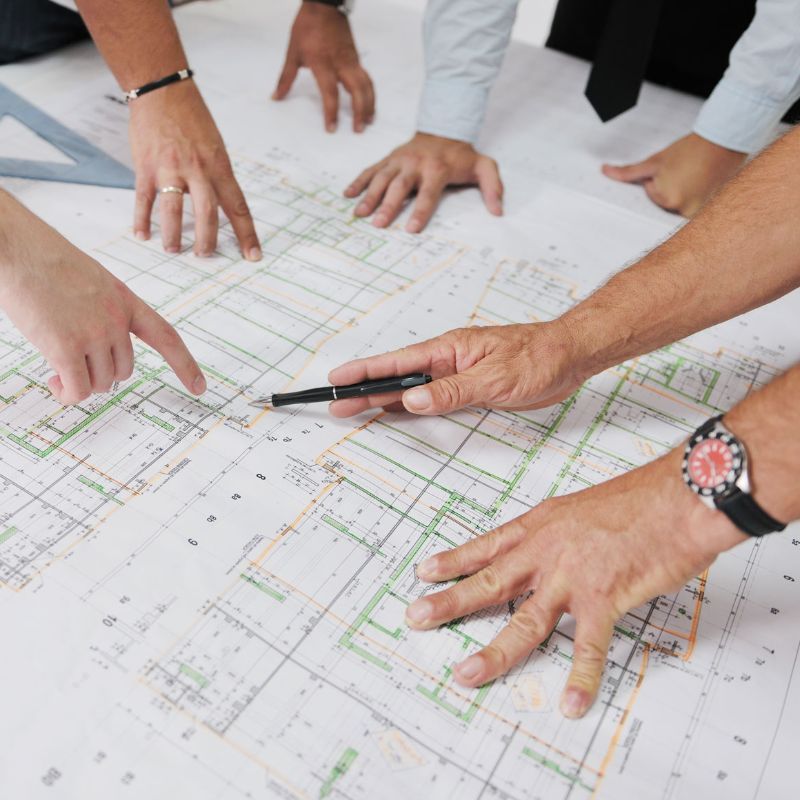
01892 871 338 info@levelarchitecture.co.uk
22
Apr
2025

When it comes to property development and renovations, understanding the ins and outs of planning applications in the UK is crucial. It doesn't matter whether you're a property owner in Sevenoaks looking to extend your property or a property developer in Tunbridge Wells planning new builds, following the process will save you in the long run.
You can find more about our services using these links:
A planning application such as an extension idea or a loft conversion is a formal request to your local authority for permission to carry out development. This can include anything from building new homes, changing the use of a building, or even minor alterations to existing structures.
In Kent, the planning application process is governed by strict regulations to ensure that developments are safe, sustainable, and in harmony with the local environment.
Planning applications serve several critical purposes:
In Kent, there are several different types of planning applications you may need to consider:
Planning permission is the process of a local authority in the UK giving its approval to allow the building of a building or part of a building or make changes to it.
The main reasons for is existence is to make sure that planned developments are lined up with the policies and rules of the local authority.
Often it will consider the impact on neighbouring homes and businesses as well as environmental impacts on the local area. Planning rules are also in place to make sure that any buildings adheres to design and safety standards.
There are many conservation areas in Kent, in fact all over the UK. For example there are 25 conservation areas in Tunbridge Wells, 41 in both Sevenoaks and Maidstone and a whopping 97 conservation areas in Canterbury.
Check these webpages or contact your own local authority if you live outside these areas to find out if any planned build is subject to these additional conservation area rules. It is important to follow the due process.
© Level Architecture 2011-2025 - All Rights Reserved
| Privacy Policy
Website by 